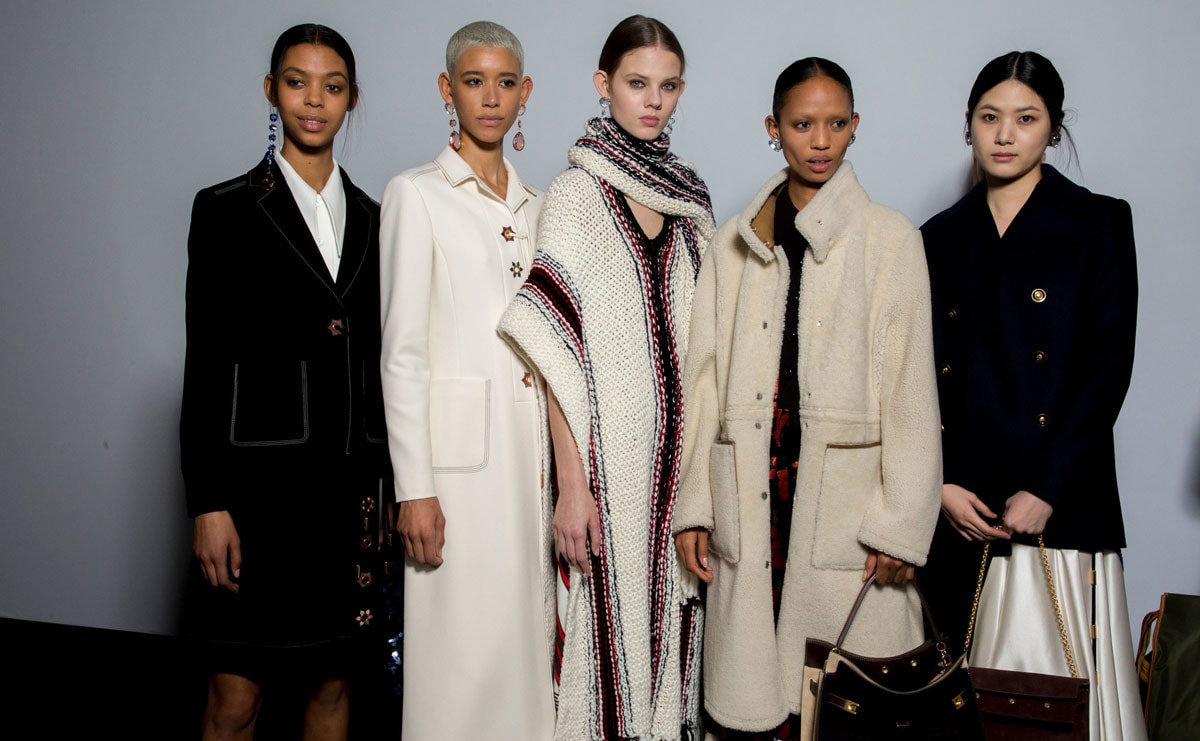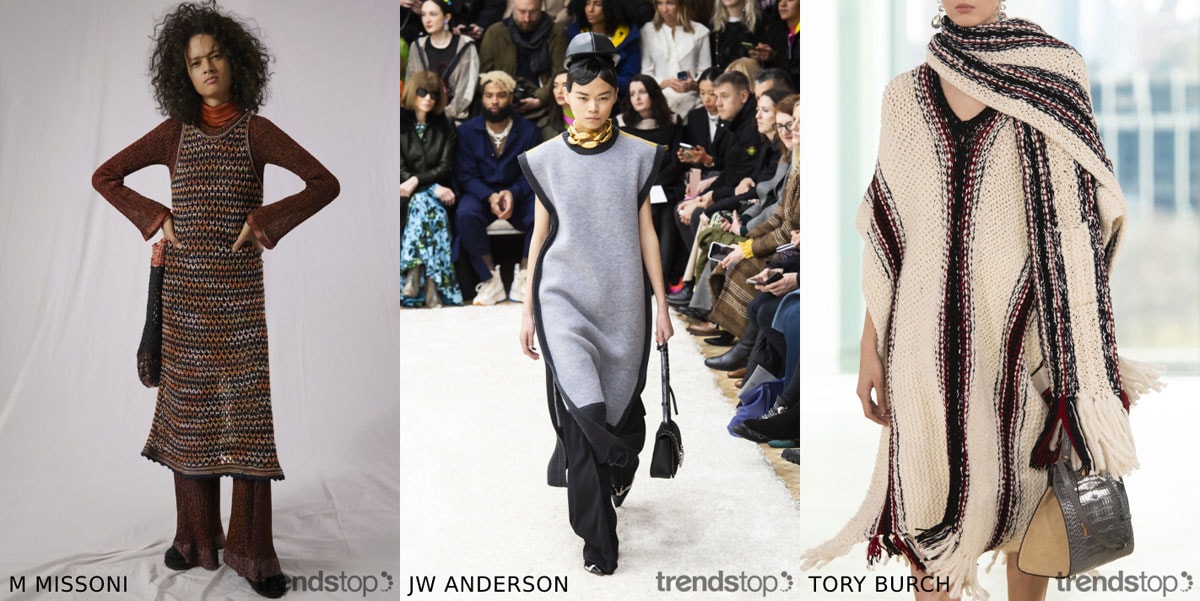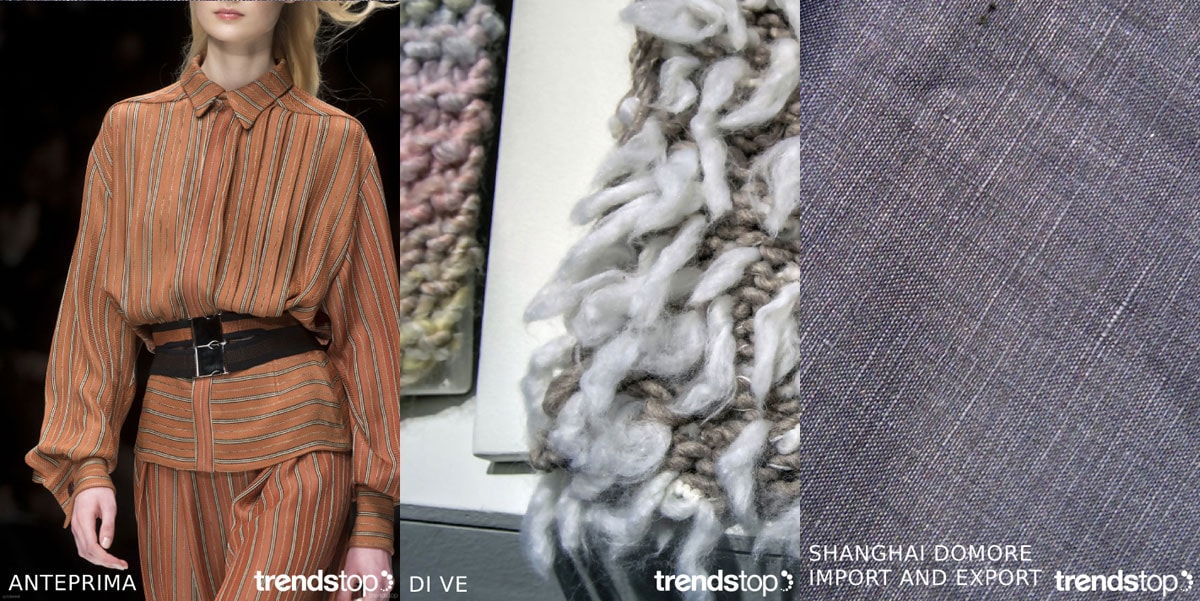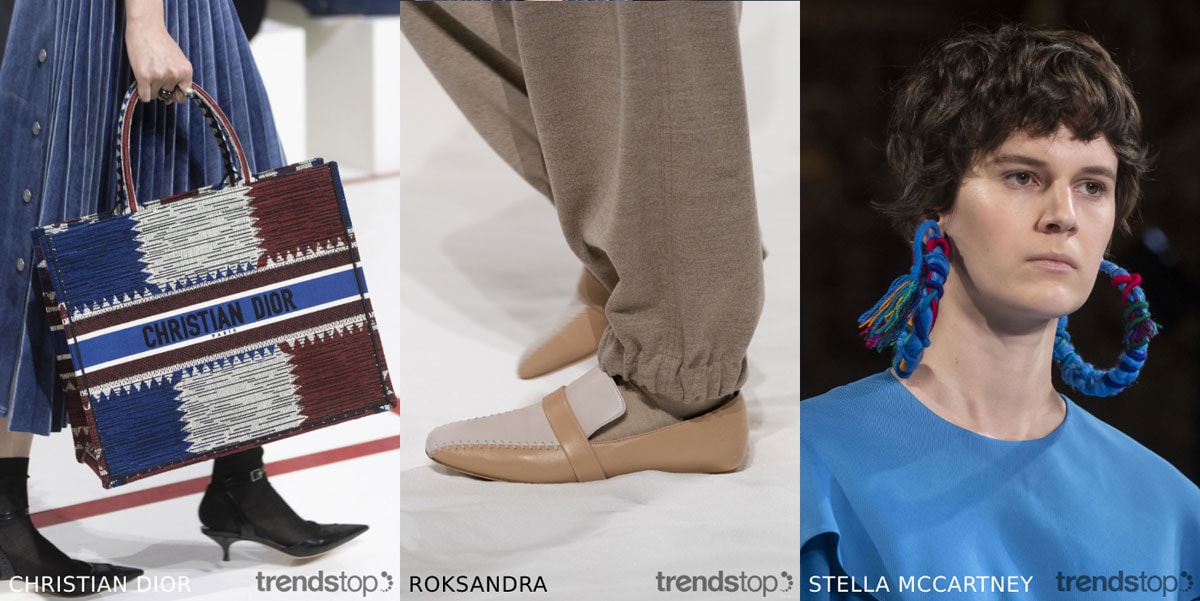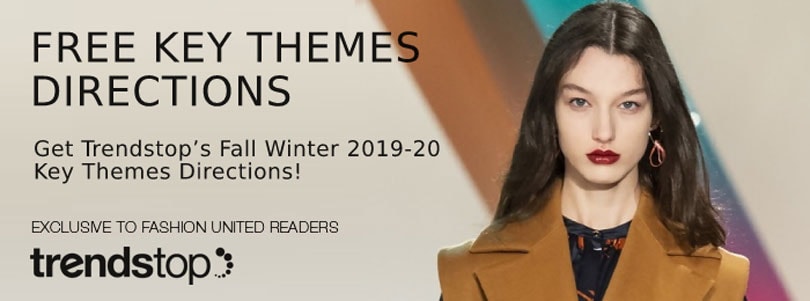Yoox Net-A-Porter Group will be doubling up on personal shopping and
client relations within its Luxury Division. The company, which owns
Net-A-Porter and Mr Porter, announced that it will be hiring more than 100
new personal shoppers and client relations managers to tend to its most
loyal customers, who the company refers to as Extremely Important People
(EIP). According to the announcement, this is the largest client relations
recruitment the company has done in its 19-year history.
In addition to expanding its Luxury Division’s client relations services, Yoox Net-A-Porter Group will also be opening Personal Shopping and Client Relations hubs in San Francisco and Dallas, which were recognized for “their growing customer base and increasing levels of demand for the enhanced service.”
“The role of personal shopper has evolved hugely in recent years and today our team fulfills a variety of different roles. Not only do they anticipate our customers’ ever-changing luxury needs and solve their wardrobe dilemmas before they even arise, they become part of their daily lives,” said Alison Loehnis, Yoox Net-A-Porter’s president of the Luxury Division, in a statement. “Local knowledge and an understanding of lifestyle has never been more important. We’re therefore delighted to be expanding the team in terms of scale as well as introducing new locations, to give even more of our most engaged and loyal customers around the world access to this fantastic market-leading service.”
* This article was originally published here
In addition to expanding its Luxury Division’s client relations services, Yoox Net-A-Porter Group will also be opening Personal Shopping and Client Relations hubs in San Francisco and Dallas, which were recognized for “their growing customer base and increasing levels of demand for the enhanced service.”
“The role of personal shopper has evolved hugely in recent years and today our team fulfills a variety of different roles. Not only do they anticipate our customers’ ever-changing luxury needs and solve their wardrobe dilemmas before they even arise, they become part of their daily lives,” said Alison Loehnis, Yoox Net-A-Porter’s president of the Luxury Division, in a statement. “Local knowledge and an understanding of lifestyle has never been more important. We’re therefore delighted to be expanding the team in terms of scale as well as introducing new locations, to give even more of our most engaged and loyal customers around the world access to this fantastic market-leading service.”
* This article was originally published here
